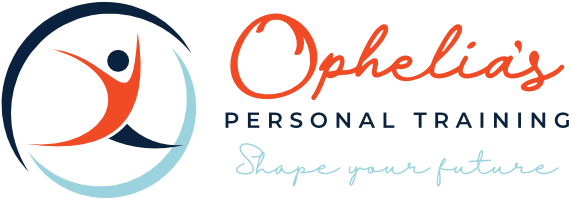Looking after your Pelvic Floor muscles
The importance of the invisible exercise: Looking after your Pelvic Floor muscles.
How do you train your pelvic floor muscles (PFM) and transversus abdominis (TA) effectively?
The PFM and the TA provide lumbo-pelvic stability meaning that, if it’s weak and overloaded or loaded incorrectly with exercise, injuries can occur.It is essential to learn how to correctly contract and relax them.
The PFM and TA work together to support the abdominal viscera (keep your organs in place), as well as supporting the spine. They provide resistance to increases in intra-abdominal pressure (jumping, coughing, lifting). They promote continence, while also allowing for voiding, defecation, sexual activity and childbirth.
Well, they do when they’re working correctly. But a weak PFM/TA complex and increased loading – think repetitive heavy lifting (weights) or HIIT exercises with excessive jumping, for example – may lead to spinal injuries, hernias and urine leakage during a workout.
Although correct contraction is important in everybody (men and women), for women it’s of prime importance. A weak PFM and TA puts women at increased risk of issues like incontinence and pelvic organ prolapse. And, despite the accepted wisdom, that’s not exclusive to women of a ‘certain age’. These issues can be a barrier for any woman to exercise with a trainer or in a gym, due to the risk of leakage.
Learning to isolate and engage these muscles correctly, will increase the efficiency of your workouts, as secondary muscles like the superior abdominals and gluteals aren’t wasting energy co-contracting to help the core. Basically, by strengthening the PFM and TA, your peripheral muscles then have a solid base to work from.
So, how do you contract the PFM/TA?
In a crook-lying position (lying on the back, knees bent and feet on the floor) with their hands wrapped around the hips for feedback (index and middle finger sitting just on the inside of the pelvic bone). Gently close your back passage like you’re trying to stop wind escaping. From there, the contraction will feel different in men and women. For women, it should then feel like the contraction is moving forward and up in the pelvis like an escalator towards their pubic bone. For men, it will feel like they are drawing their genitals back up into their pelvis. With these gentle contractions, a drawing in of the TA and therefore a swelling under the fingertips is automatically felt. When you finish the contraction, the swelling under the fingers should subside.
Practise this at home to strengthen these muscles.
* Long (10-second) holds, breathing normally, 10 times with 10 one-second holds will help to strengthen both the fast- and slow-twitch fibres.
For anyone lifting weights, or particularly for anyone experiencing incontinence or prolapse issues, learning the ‘the knack’ to avoid leakage and injury will be revolutionary. ‘The knack’ is a contraction of the PFM/TA right before you do the activity.
Self-monitor during exercise by understanding the cues of what to look for in a correct and incorrect contraction.
What to look for in a pelvic floor and transversus abdominis contraction
Correct
– Drawing in of the lower abdominals
– Neutral spine maintained
– Relaxed upper abdominals
– Normal breathing
– Surrounding muscles (glutes, inner thigh) remain relaxed
– Contraction is gentle
Incorrect
– Lower abdominal doming
– Excessive spine and pelvic movement
– Bearing down of the upper abdominals
– Breath holding
– Co-contraction of the glutes (buttock squeeze) or inner thigh (legs drop in)
– Contraction is excessive
Taken from an article written by Kendall Scales, Lead Physiotherapist, Ten Health & Fitness.
Graduating from the University of Notre Dame in Australia, Kendall spent several years working in private clinics across Perth and with some the city’s top sports clubs before moving to London.
Kendall takes a hands-on approach to treatment, using a combination of manual therapy, dry needling, Pilates and exercise rehabilitation. Her interests have continued to develop, particularly around Women’s Health, where she focusses on the safe introduction or continuation of exercise along with advice and treatment throughout and after pregnancy, and into perimenopause and the menopause years. She is trained to examine, assess and treat many of pelvic floor and bladder issues that affect women of all ages and from all walks of life.

